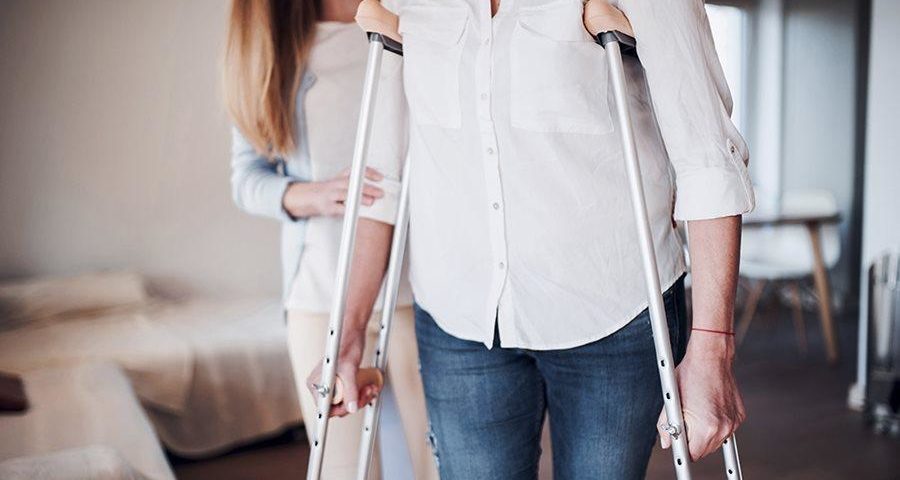Preparing for recovery after joint replacement surgery
Saying yes to joint replacement surgery is a big deal. Jeffrey Hopkins, MD, understands the angst many people have about the decision. “Everyone should have a healthy apprehension about surgery, but the odds of a good outcome are overwhelmingly in the favor of the patient.”
Dr. Hopkins said one of the most important things you can do to make sure your recovery from joint replacement surgery goes smoothly is to prepare your home. “Simple changes can make your mobility easier and reduce your risk of falling,” he said. Below are some tips to help you get ready.
Stairs and steps
- Provide enough light to see each step and landing.
- Install handrails on both sides of stairways (if possible) and use them.
- Do not leave objects on the stairs.
- Do not place loose rugs at the bottom or tops of stairs.
- Prepare temporary living space on the ground floor (if possible) because walking up and down steps is difficult in early recovery, even though you will have practiced stair walking in the hospital before you go home.
Kitchen
- Remove throw rugs in kitchen and throughout the house.
- Immediately cleanup any liquid, grease or food spilled on the floor.
- Store food, dishes and cooking equipment at easy-to-reach waist level.
- Prepare extra meals prior to surgery and freeze them for easier meal preparation when you come home.
- Sit to prepare meals after surgery.
Bathroom
- Install grab bars on the bathroom walls of the shower or tub, if needed. Use a sturdy plastic seat in the bathtub/shower to avoid standing and increasing the fall risk while bathing.
- Use a bedside commode with armrests placed over the toilet to raise the height of the toilet and to provide push-up support.
- Use a long-handled sponge and attach a handheld showerhead to make bathing easier.
- When cleaning the bathroom, do not get on your hands and knees to scrub.
Bedroom
- Clear clutter from the floor to provide a clear path wide enough for a walker.
- Place a lamp and flashlight near your bed.
- Install night-lights along the route between the bathroom and the bedroom.
- Sleep in a bed that is high enough to easily get in and out.
- Have a telephone within reach of your bed.
Living area
- Arrange furniture to create clear pathways between rooms.
- Do not plan on sitting in a low chair or sofa that would make it difficult for you to stand from a sitting position.
- Remove wires or extension cords from pathways.
Other arrangements to consider
- Arrange for someone to care for your pets.
- Do laundry and have comfortable clothing available for when you return home.
- Arrange for someone to get your mail and papers.
- Get your haircut/styled prior to surgery to make you feel more comfortable.
- Have cold therapy/ice ready to use at home. If you have been using an ice machine during your stay in the hospital, you will take it home.
- You will need a lot of ice.
- Access to an electrical outlet near where you will be recuperating.
- An extension cord is a fall hazard.
- A couple of bags of frozen peas can be used as an alternative if there’s a power outage or if ice supply is low.


